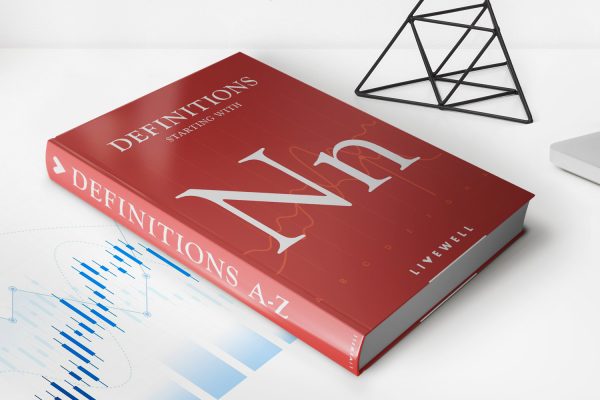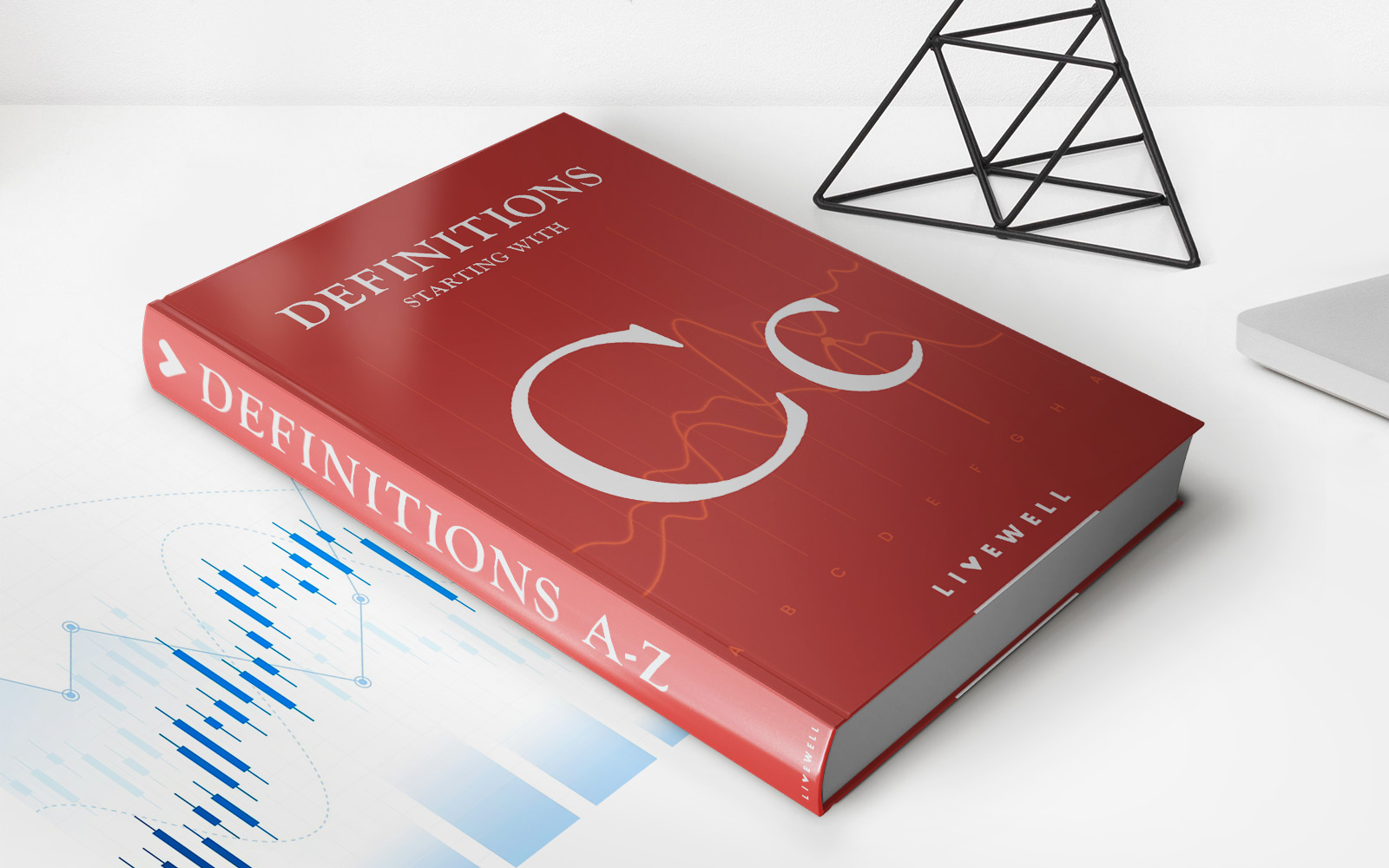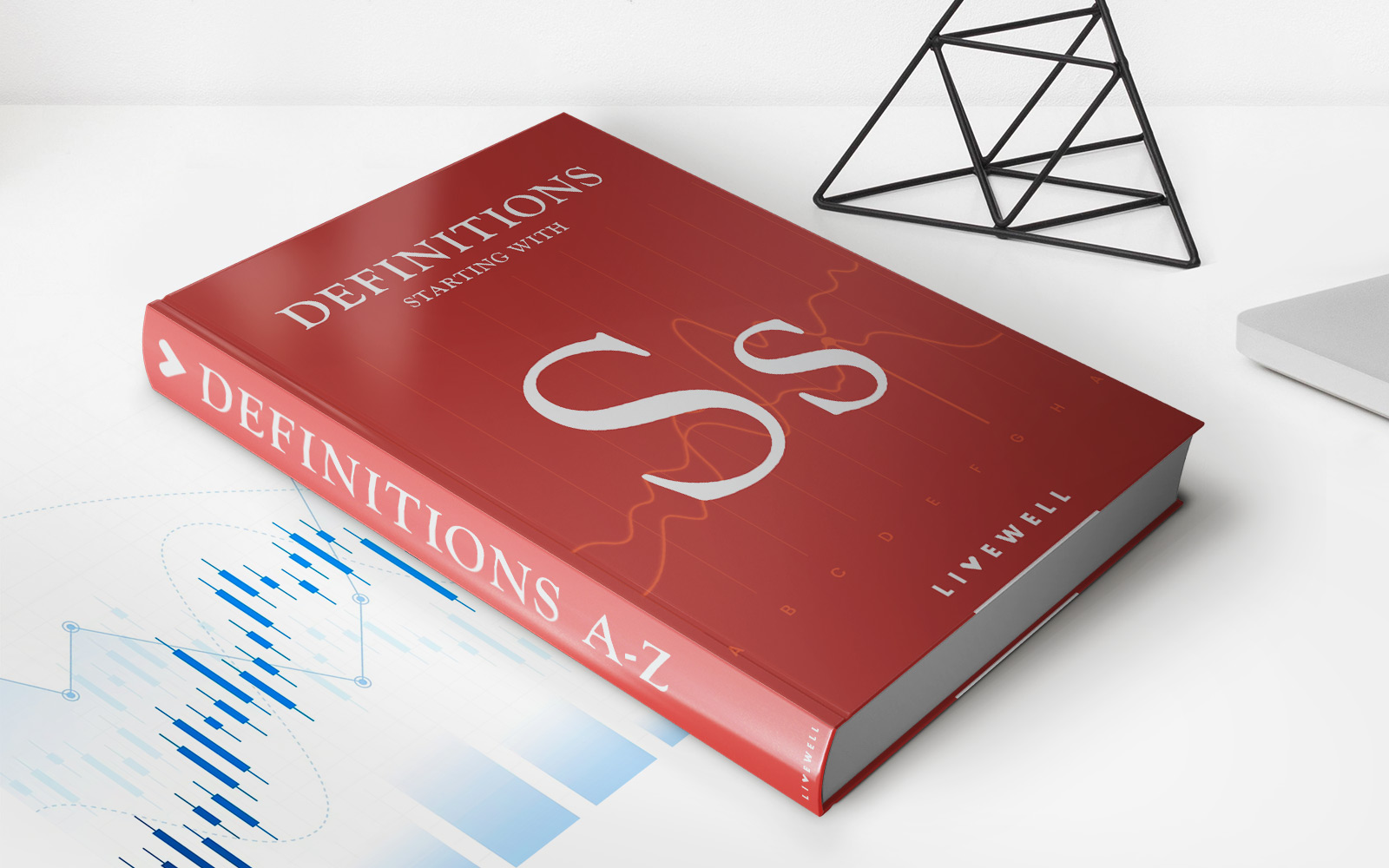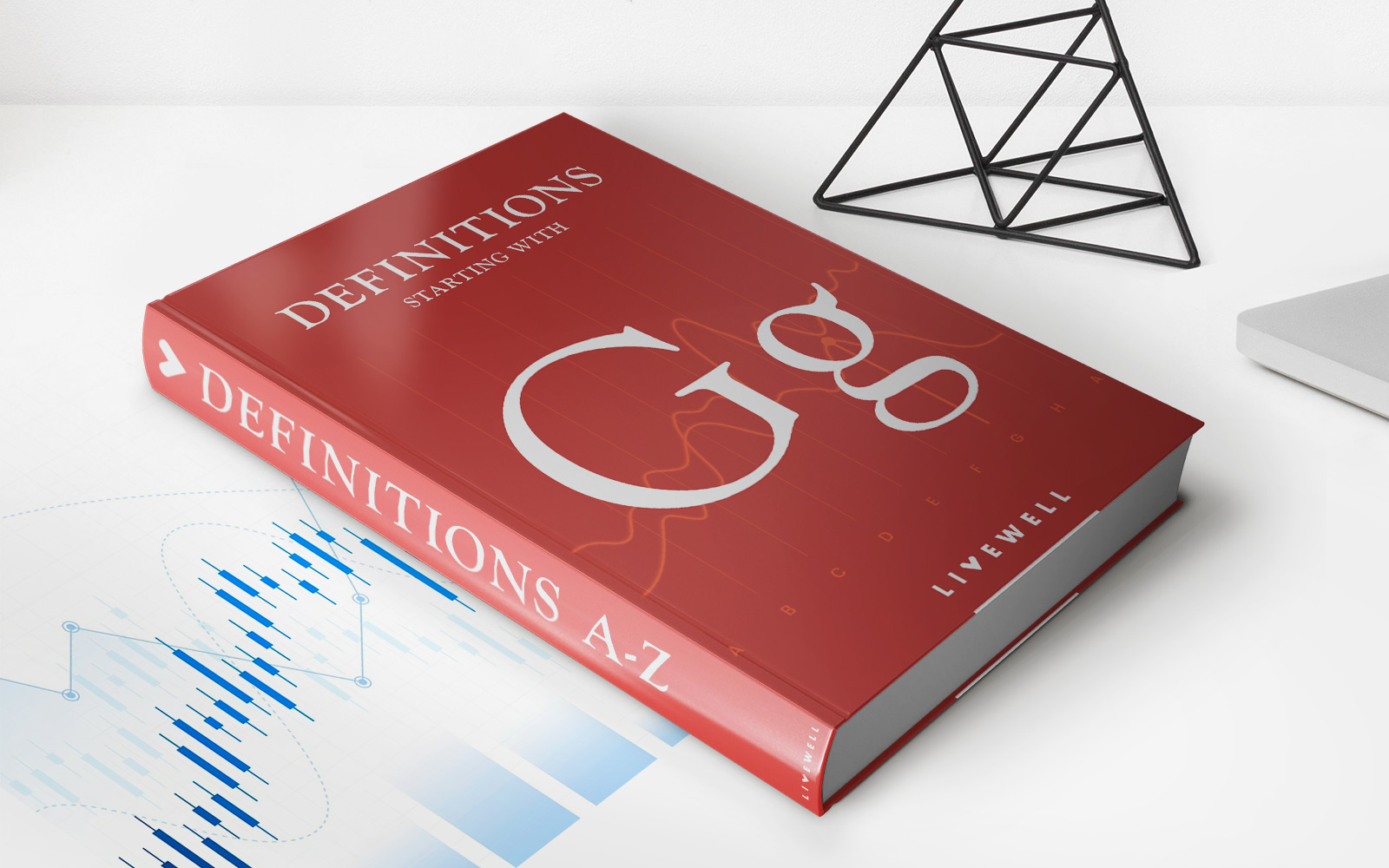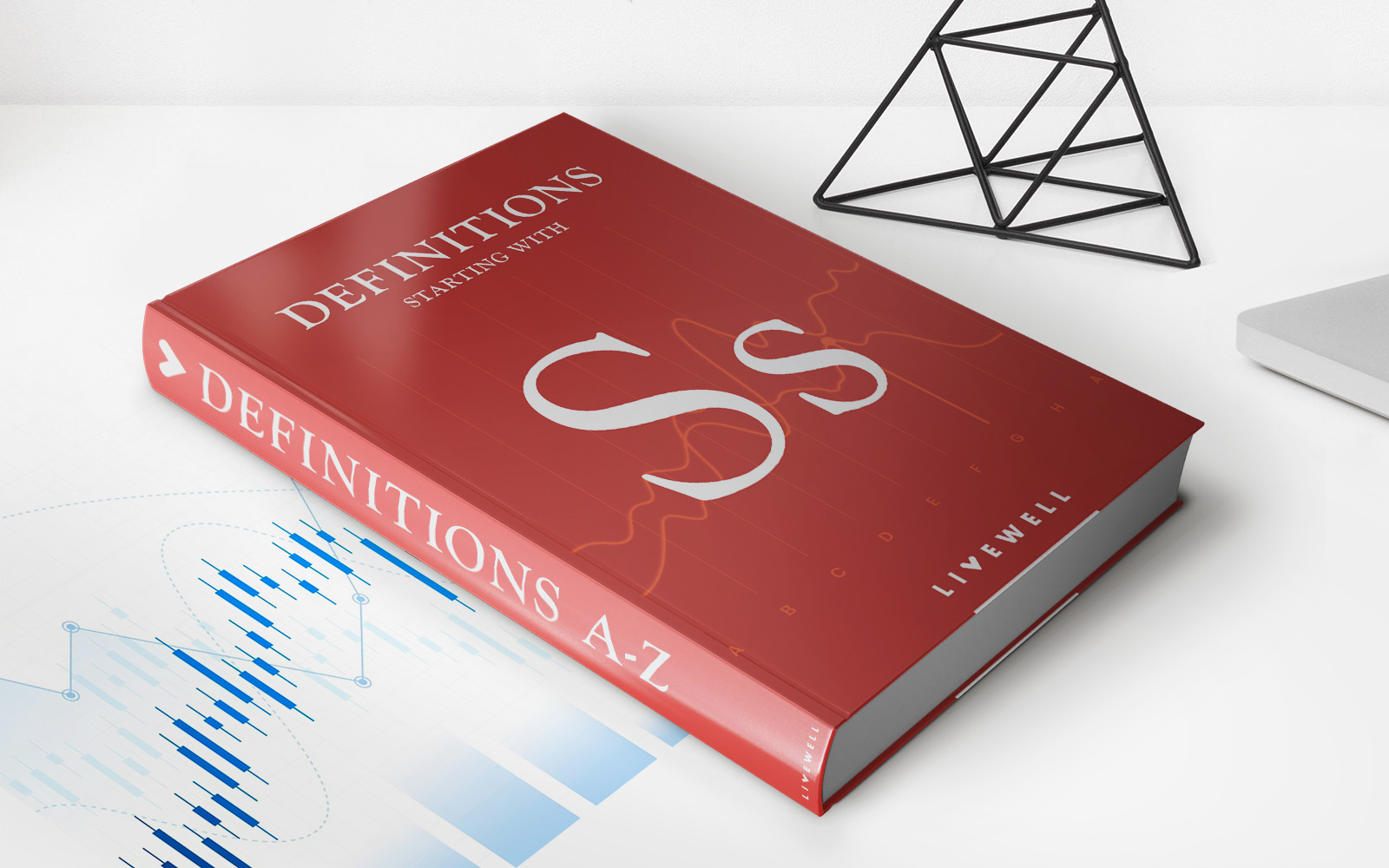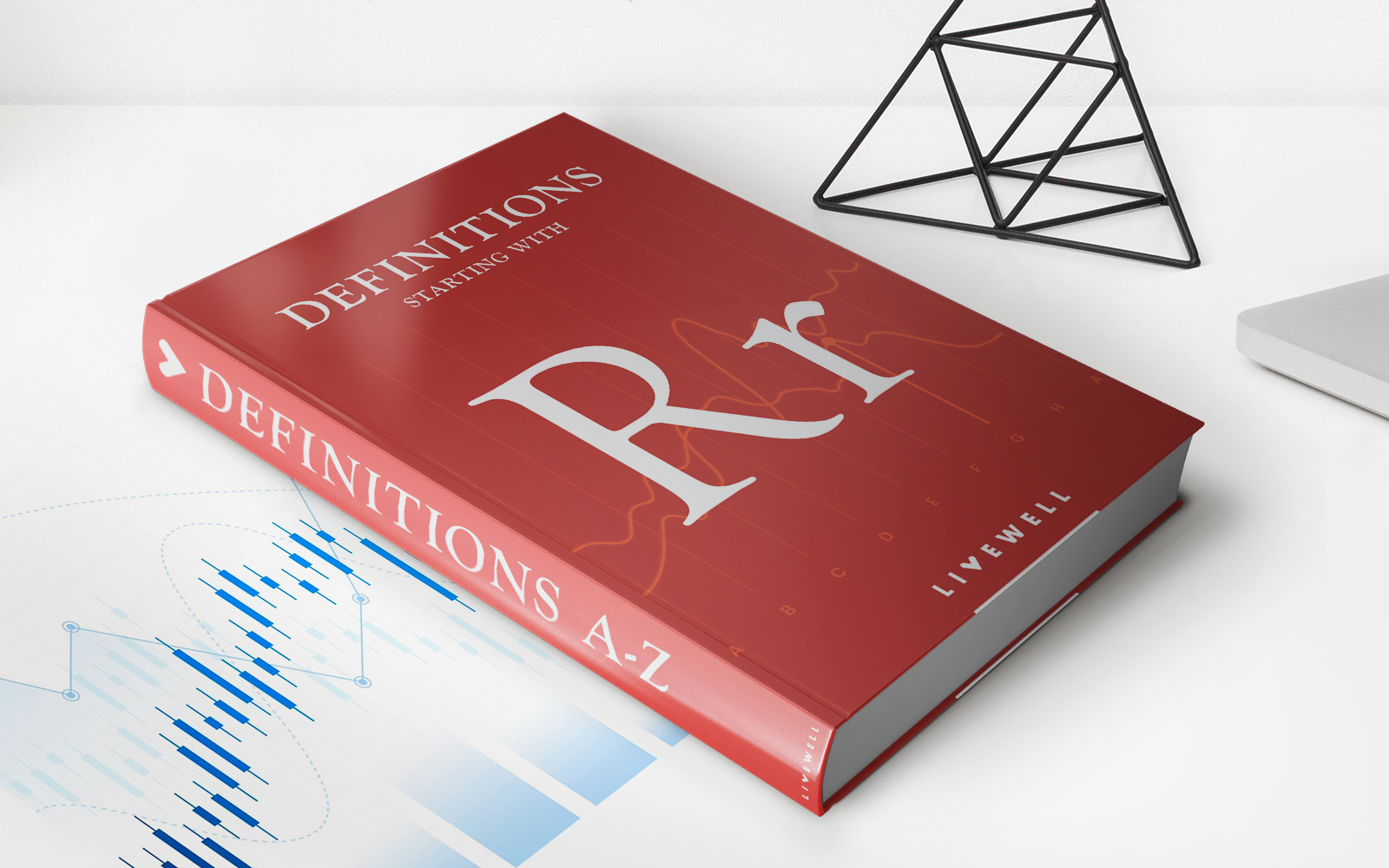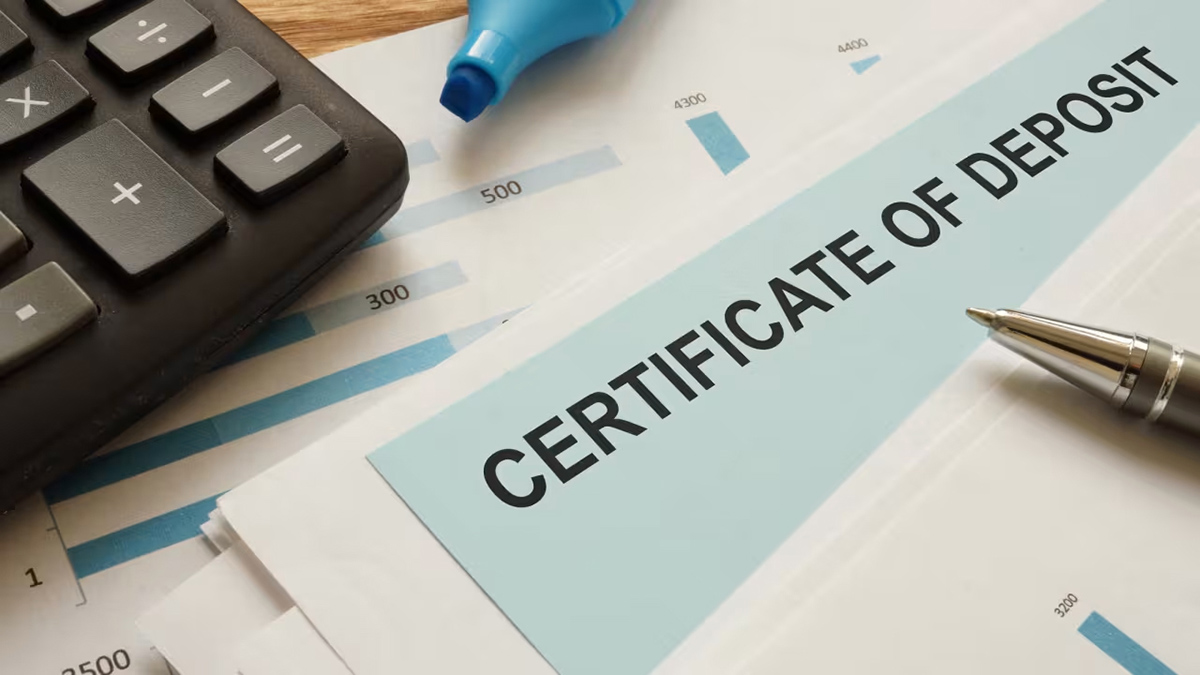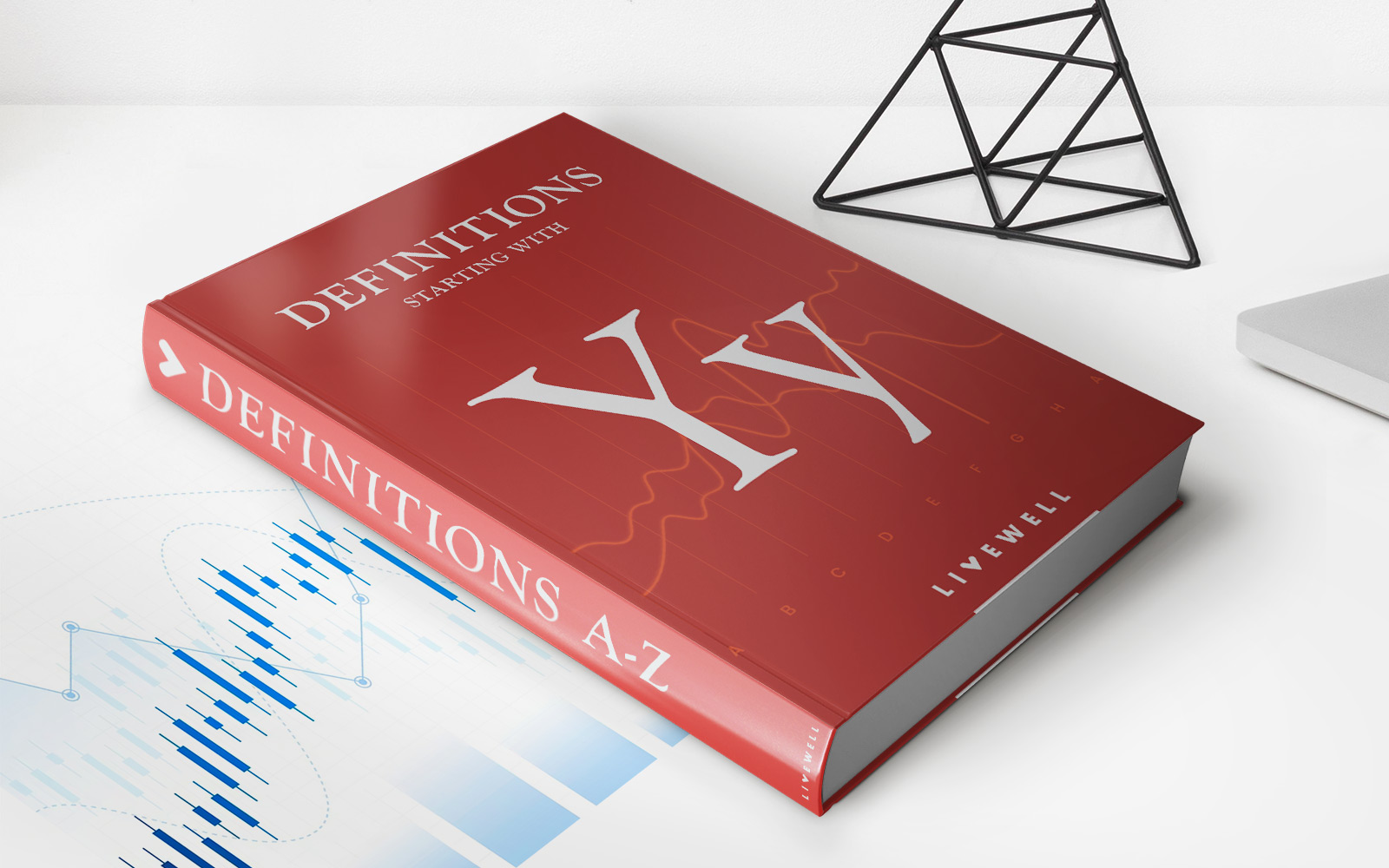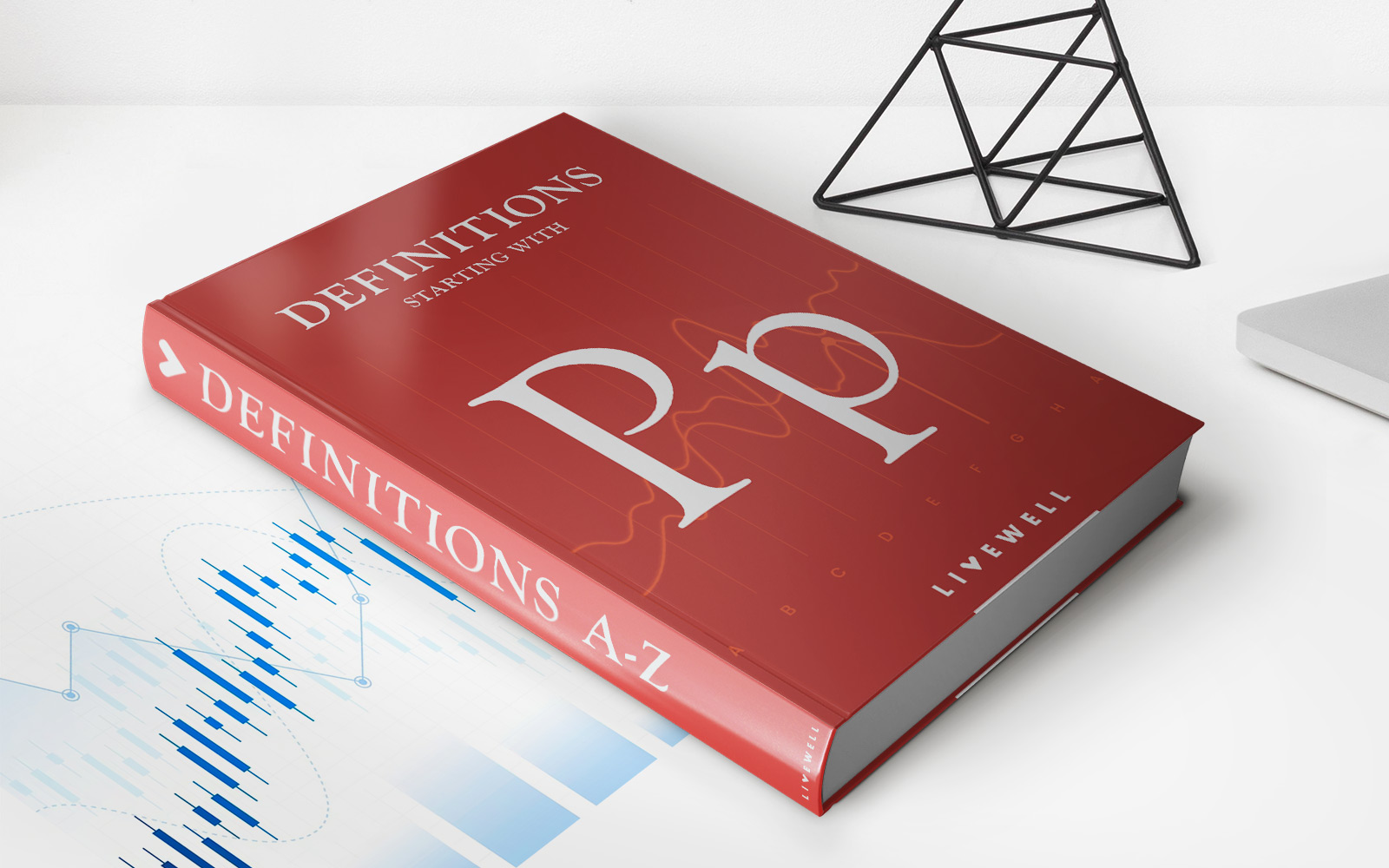

Finance
Silver Certificate Definition
Published: January 29, 2024
Learn about the definition and significance of silver certificate in finance. Understand its role in the financial market and its impact on monetary policy.
(Many of the links in this article redirect to a specific reviewed product. Your purchase of these products through affiliate links helps to generate commission for LiveWell, at no extra cost. Learn more)
The Silver Certificate Definition: Understanding an Important Piece of Financial History
When it comes to understanding the history of finance, there are many important concepts to explore. One such concept is the silver certificate, a type of paper currency that holds significant historical and numismatic value. In this blog post, we will dive into the silver certificate definition, its significance, and its impact on the financial landscape.
Key Takeaways:
- A silver certificate is a form of paper currency that was backed by silver reserves held by the United States government.
- These certificates were issued from 1878 to 1964 and were redeemable for silver dollars or bullion.
So, what exactly is a silver certificate? Let’s start with the basics. A silver certificate was a type of currency issued by the United States government from 1878 to 1964. While other forms of paper currency at the time, like Federal Reserve Notes, were backed by the full faith and credit of the U.S. government, silver certificates were unique in that they were backed by actual silver reserves held by the Treasury.
At its core, a silver certificate represented a claim on a specific amount of silver. The certificates themselves were typically redeemable for either silver dollars or silver bullion, providing the holder with a tangible asset. This made them popular among collectors as well as those looking for a more stable form of currency.
The issuance of silver certificates began under the Bland-Allison Act of 1878, which mandated the purchase of a certain amount of silver by the U.S. government to be coined into silver dollars. These silver dollars then backed the newly created silver certificates. However, as time went on, the role and significance of silver certificates changed.
During the early 20th century, as the value of silver began to fluctuate and the cost of maintaining large silver reserves became burdensome, the U.S. government phased out the backing of silver certificates with actual silver. In 1964, the redemption of silver certificates for silver bullion was officially terminated, effectively ending the era of the silver certificate.
While silver certificates are no longer redeemable for silver, they still hold value among collectors and numismatic enthusiasts. The intricate designs, historical significance, and limited availability make them highly sought after by those interested in financial history and rare currency.
In conclusion, the silver certificate holds an important place in financial history. It represented a unique form of paper currency backed by silver reserves and provided the holder with a claim on a specific amount of silver. While no longer redeemable for silver, these certificates continue to hold value as collectibles, serving as a reminder of an important era in our financial past.


